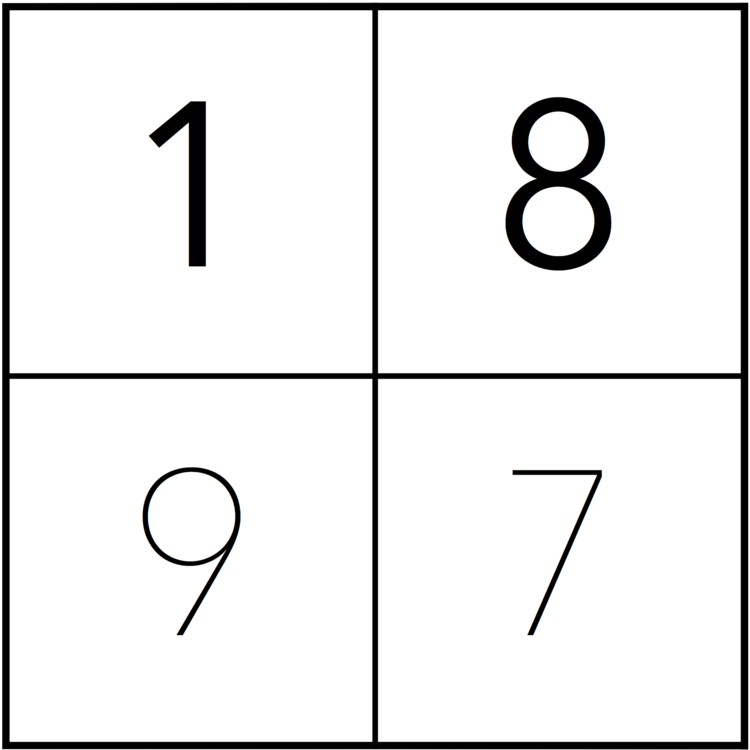when in rome
Nick Eustance
November 2019 - January 2020
The Roman festival of Brumalia started on the 24th of November and lasted for 24 days. Its pagan origin appears to have been related to the forthcoming winter solstice. Nevertheless, it grew in popularity during the period when Christianity had become the official religion of the Roman Empire.
Each day of the festival became associated with successive letters of the Greek alphabet, from alpha (α) to omega (ω). It was a time of dinner parties. A person would wait until the day corresponding to the first letter of their own name, and then throw a party. Friends would be greeted with “Vives annos,” that is, ‘Live for years.’
The pagan celebration of Saturn, the Roman god of agriculture and time, began as a single day, but expanded to a weeklong festival. Work and business came to a halt – it was a time of relaxation. People decorated their homes with foliage, and shed their traditional togas in favour of colourful informal clothes known as synthesis. With a reversal of roles, slaves did not have to work, but could participate in the festivities and may be served by their masters at a feast. A felt cap normally worn by slaves was worn by all. Romans spent Saturnalia feasting, singing, gambling, playing music, socialising and giving each other gifts. Wax taper candles called cerei were common gifts, to signify light returning after the solstice.
Painting by Antoine Callet
Dies Natalis Soli Invicti was celebrated at the northern hemisphere’s winter solstice














